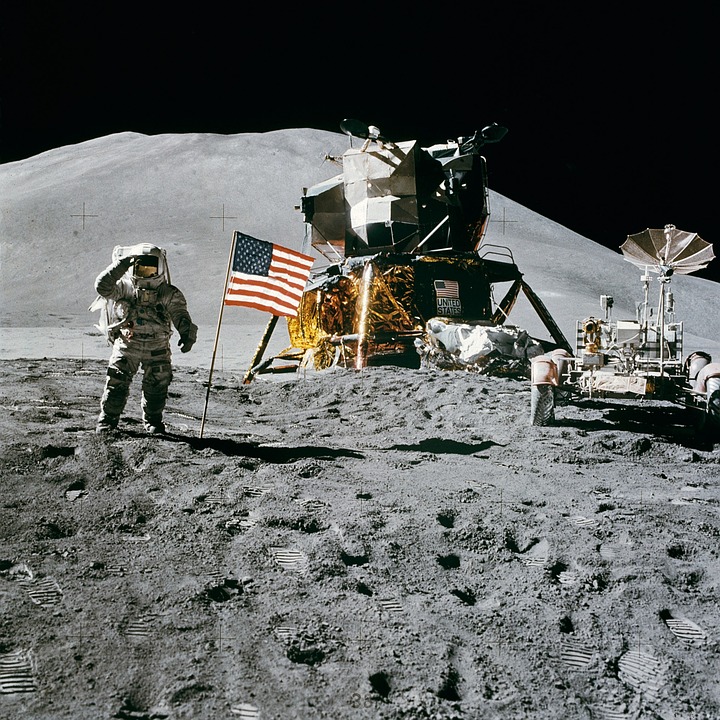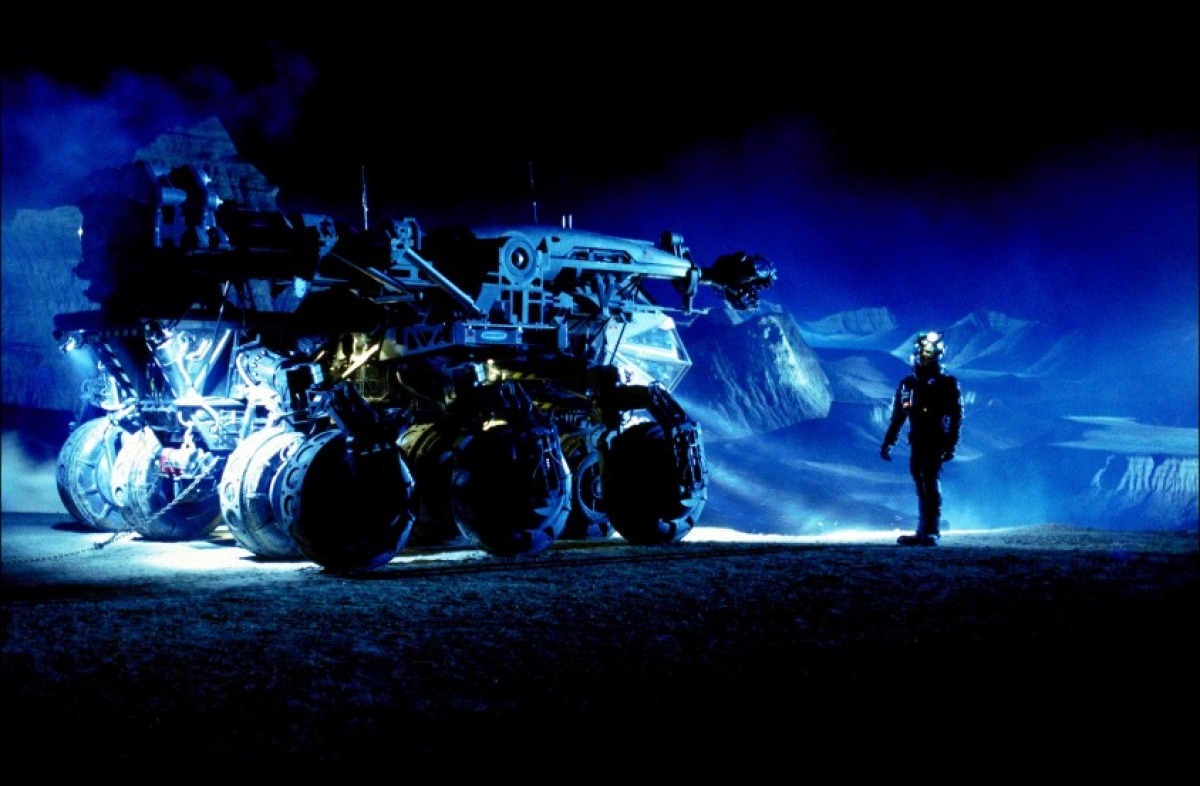It seems a little bit hard to believe, but time really does fly – no one has set foot on the moon since the United States last landed way back in 1972. But now, several countries like Japan, India, and China are all planning to send up crewed moon missions in the near future, and the question of who has a claim to the moon is cropping up all over again – this time, for space lawyers.
Really.
In a recent post for Real Clear Science, an attorney and professor of space law at the University of Nebraska-Lincoln College of Law, Frans von der Dunk, looks at the question of moon ownership in light of the 1967 Outer Space Treaty between the U.S. and Soviet Union. The treaty solidified the moon as a “global commons,” which basically means it can belong to no single nation.
Any secrets, resources, and other untapped potential should be used for the betterment of global society, and the U.S. even shared its soil and rock samples with Russia during the Cold War.

Photo Credit: Pixabay
Von der Dunk does say that even though no one can own the land on the moon, the treaty is less clear about cultivated resources from the moon and asteroids – if one country mines assets, can they own them, or must they be distributed?
Which is why, I suppose, there is space law and space lawyers floating (heh) about these days, and why they’re probably going to be more in demand than ever as various nations plan to explore the moon face-to-face once again. Some believe that mining on the moon or on asteroids will be a lot like commercial fishing – you have to be licensed, and there will be guidelines, but you keep what you catch – while others, particularly in Russia, believe the previous treaty requires communal benefits on anything extracted from space.

Photo Credit: Touchstone Pictures
So, the answer is that no one owns the moon, but the stuff in and on the moon? Well, that’s complicated, Cold War-era treaty or no.
Nothing much is clear, really, so perhaps space remains the last great frontier – for explorers and lawyers. What a time to be alive.
h/t: Mental_Floss

